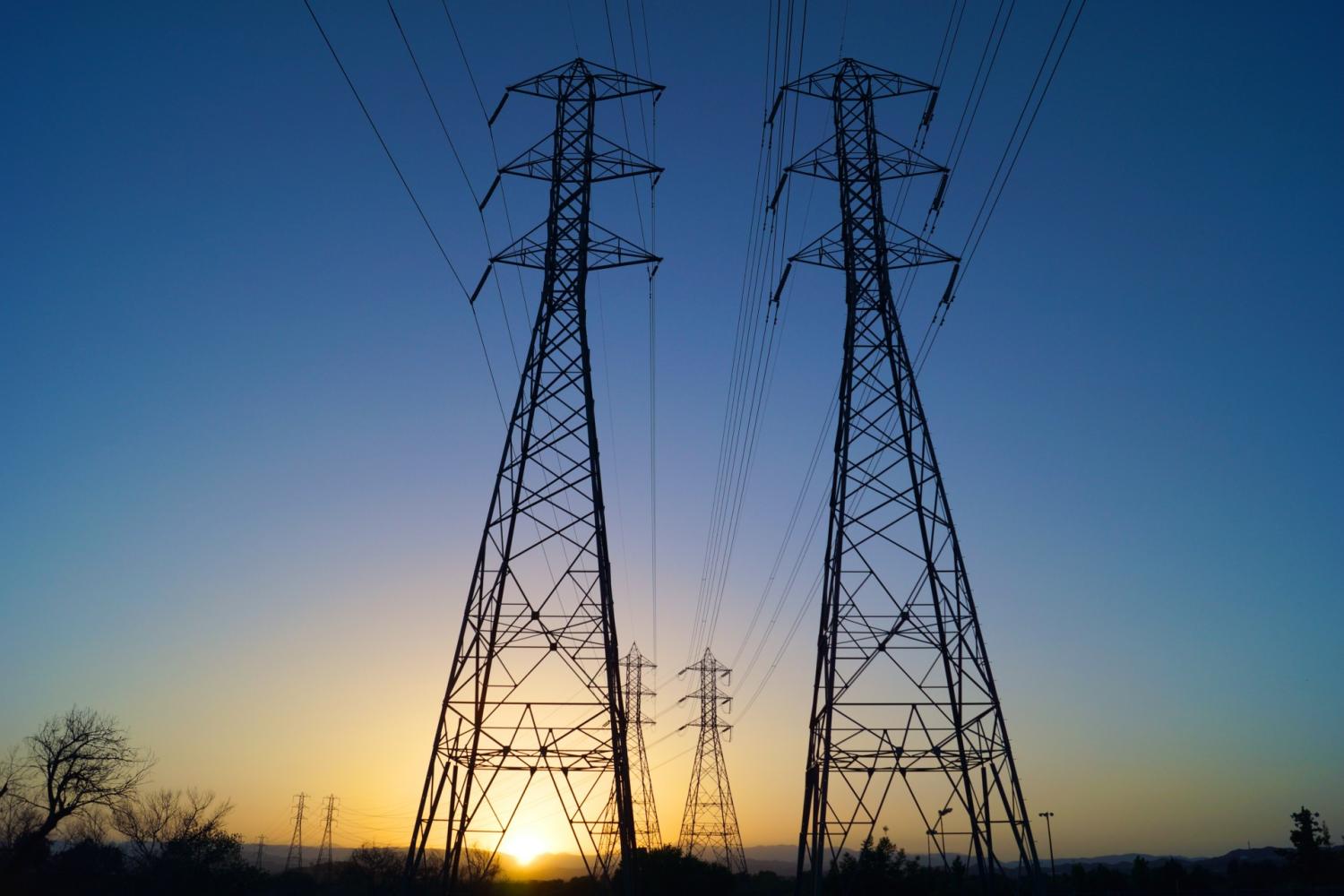Content from the Brookings Institution India Center is now archived. After seven years of an impactful partnership, as of September 11, 2020, Brookings India is now the Centre for Social and Economic Progress, an independent public policy institution based in India.
Few would dispute that change is required in the legislative and regulatory framework of the power sector in India. To that end, the government has proposed amendments to the Electricity Act of 2003; this being the third series of amendments, and in many ways, less ambitious than previous attempts. However, these amendments do not get to the heart of the problem. Electricity in India is a concurrent subject, under the state and central purview, and many of the challenges today are not simply techno-economic, or even ones of system design, but political. Our analysis finds that incremental steps, sometimes only addressing selected challenges, are unlikely to address root causes, and the Act notwithstanding amendments, does not go far enough to give a direction to the industry where issues of sustainability, technology, market design, and private sector participation will be key.
Recently, problems pertaining to proposed renegotiation of renewable energy (RE) contracts in Andhra Pradesh and defaults by distribution companies (DisComs) with respect to payments to generators have drawn attention in media reports. It would be easy to get caught up in finding resolutions to these problems but that would not solve the problems of the sector. Attention must be focused on the bigger challenges. With the already slowing economy being slammed by the COVID-19 pandemic, rapid economic growth has become absolutely important, and a thriving and robust power sector is equally imperative to fuel that economic growth.
There are three major challenges that the power sector is facing. First, there are many features of the Electricity Act of 2003 (EA2003) that have not been implemented or are not working properly. The reasons for these failures must be understood and required corrections made. Second, the power sector is changing rapidly with greater contributions from renewable energy, the presence of distributed energy resources (DER), the expected growth of energy storage particularly in the form of batteries, several new behind-the-meter activities such as electric vehicle (EV) charging and new technologies to control consumption. The legislative and regulatory framework for the power sector must be ready for this dramatically changed future. Third, because of the interconnectedness of the power sector, it is important that the functioning and structure of each sub-sector (fuel markets, wholesale electricity markets, retail electricity markets, generation, transmission, and distribution) is consistent with that of the other sub-sectors. While work continues in each of these subsectors, more often than not, it is being done in isolation, leading to inconsistencies that create technical, economic, or operational obstacles. Even when the average impact is positive, we cannot ignore winners and losers as well as structural distortions. Therefore, developments in the subsectors need to be carried out in a coordinated and consistent manner.
In addition, to the challenges identified above, there are political problems that have led to a significant deterioration of the financial health of DisComs, such as, cross-subsidies and low tariffs for agricultural, residential, and small consumers. Stricter regulations with penalties for non-compliance are not likely to solve these problems either, which need to be resolved at the political level using principles of cooperative federalism based on negotiation and discussion. Not only states, but consumers too, have to be taken along.
Against this backdrop, the proposed amendments in the Electricity (Amendment) Bill 2020 fall considerably short of addressing these challenges. Some elements of the proposed amendments, such as the creation of an Electricity Contract Enforcement Authority (ECEA) and ensuring payment security seem more focused on addressing the grievances of upstream players rather than addressing the aforementioned problems.
In order to confront revenue shortfalls for DisComs, EAB 2020 proposes greater centralization. It proposes to have a Central Selection Committee for Members and Chairpersons of SERCs, CERC, ECEA, and APTEL. This could very likely lead to SERCs peopled with individuals loyal or even beholden to the Centre with little understanding of the local context or language. It could also greatly reduce the effectiveness of SERCs. Centralization is also being pushed by reducing the autonomy of SERCs in setting tariffs, and having instead to rely on the directives in National Tariff Policy, prepared by the Centre.
It is not clear how the proposed amendments will produce the desired outcomes. Ignoring upcoming challenges for the power sector will make the sector unprepared for the future. A coercive approach and greater reliance on Centralization is likely to be strongly resisted by both the States and consumers. This could lead to endless litigation or at best, a stalemate with states covertly resisting policies of the Centre, as in the recent case with the central push towards Open Access or renewable energy (especially rooftop solar). Many of the problems targeted in EAB 2020 can be tackled with existing laws, regulations, and institutions, which may need strengthening. The more ambitious aspects of the amendments are specifically the ones most likely to face resistance. If COVID-19 has created a pause from Business-As-Usual, perhaps we can use this period to strive for not just a “New Normal” but also a robust and future-ready power sector.






